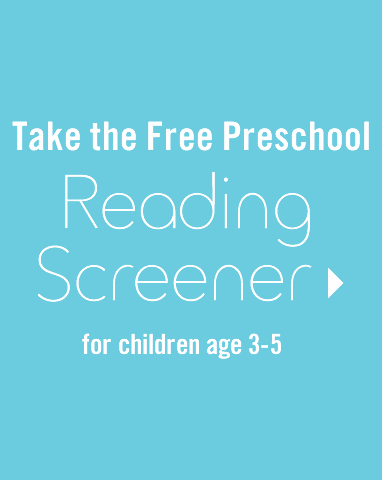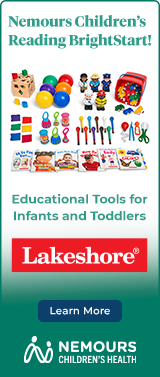When children watch movies and read stories, they perceive dinosaurs in their own imaginations. These movies and books may not be the most accurate representation of what dinosaurs really looked liked and their actual size. In this book, Lita Judge uses kid-friendly text and seriously silly illustrations to put dinosaurs next to modern animals so that children can see exactly how they compare. A fold-out chart at the end of the book compares the sizes of all the dinosaurs.
Before, During and After Reading
Oral Language
Before reading this story, give your child a chance to be a paleontologist (a scientist who studies fossils). Place sand in a deep bin (like a dish pan). Bury plastic dinosaurs and let your child dig through the sand to discover the dinosaur treasures.
Tell your child you are going to read a book that shows how big dinosaurs really were when they lived on the earth. After reading the title, ask your child, How big do you think the dinosaurs were?
Phonological Awareness
Clap out the syllables. The names of dinosaurs are very difficult to pronounce so take this time to try and help your child say the names by clapping the syllables at the same time.
Oral Language
Ask questions. While going through the story, ask your child if he can think of any other animals that are the same size as the ones in the story. He may choose the same animals that he predicted or he may realize he was incorrect and change/add onto his examples.
Measure. Before reading the book, cut out pieces of yarn to match the sizes of some of the dinosaurs or body parts mentioned in the book (e.g., Leaellynasaura – 2 feet tall; Stegosaurus – 3 feet long; Therizinosaurus – 36 inch claws; Tyrannosaurus Rex – 9 inch long teeth; Ankylosaurus – taller than an SUV). As you read about the dinosaurs, stretch the yarn pieces on the floor so that your child can see the comparisons.
Beginning Writing
Have your child create his favorite dinosaur from the story. Then have him draw himself in the picture next to the dinosaur. This is a great way to see if your child was able to understand the actual size of the dinosaurs in relation to his own size.
Oral Language
Pick up a package of dog bone treats and hide them in the bin filled with sand. Let your child become an archaeologist by uncovering bones. Provide a small paint brush so that your child can sweep away the sand as he finds the bones.
As your child explores, you can talk about what an archaeologist does (i.e., an archaeologist is someone who tries to figure out what life was like many, many years ago by looking at the remains of ancient people and animals).
Explore other recommended children's books and reading activities for five-year-olds, or take the Reading BrightStart! Preschool Reading Screener. The screener can help you determine if your child is on the path to reading readiness, and provides a free plan for moving forward.








